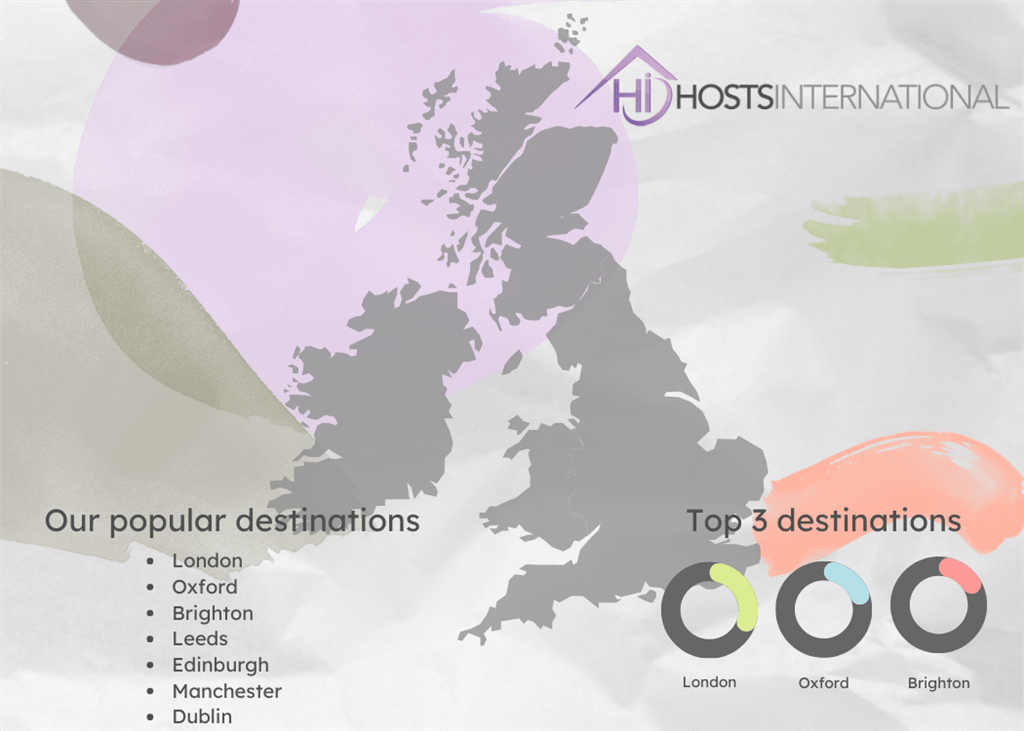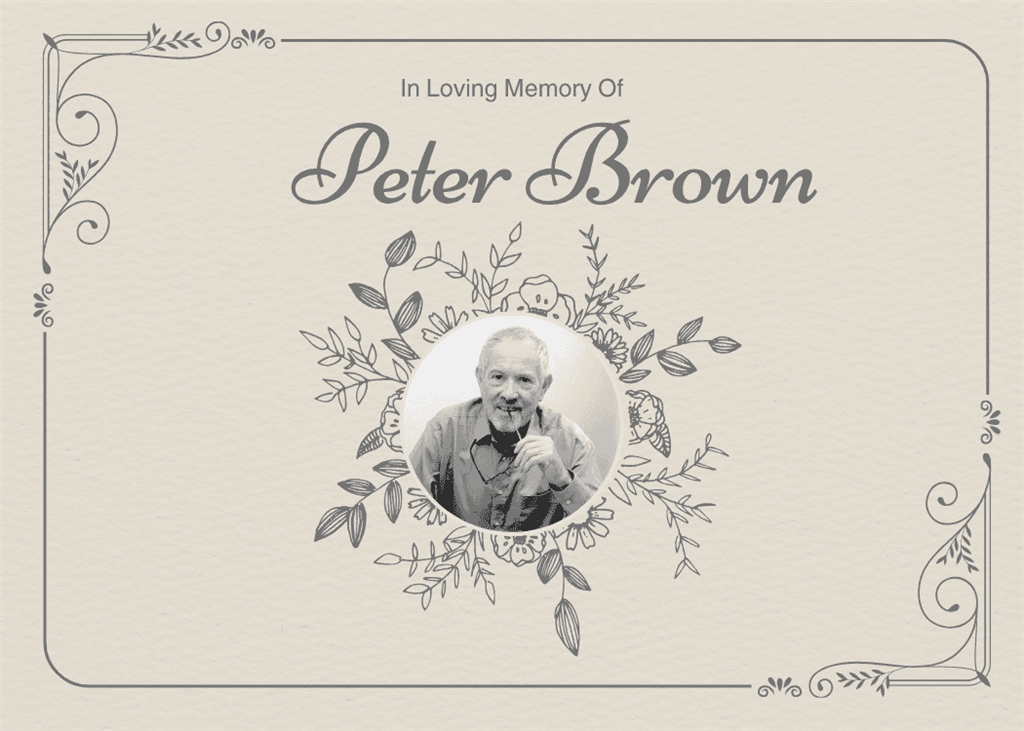The countdown to Christmas shifts up a gear as we move into December. Throughout the month you are likely to be soundtracked by a mix of
traditional Christmas Carols and 1970's, 1980's and 1990's Christmas pop tunes on constant play in shopping centres, supermarkets and high streets up and down the land! The earliest form of carol singing actually began in the 1
st century AD when early Christians began replacing the songs, which had been repeated by pagans for thousands of years at the winter solstice on 21st December.
Many
Homestay students and overseas visitors will be heading back to their own families over the holiday period almost immediately college term finishes. But other students may also be planning to find temporary seasonal work over the festive season and celebrating the New Year in Britain. In the meanwhile, British Christmas traditions may be observed, wherever you are...
Mix of religious and pagan symbols and rituals
One Christmas tradition sure to be popping up before college closes – will mostly involve pre-Christmas drinks and end of term parties! But you’ll soon discover other time-honoured customs. There is likely to be the giving of Christmas cards among your immediate social circle, especially at your
Homestay accommodation. If you’re staying at a family home, there is an exchange of gift-wrapped presents on Christmas Eve or on Christmas morning and you may be invited to the traditional Christmas Day dinner!
But did you know that turkey only appeared on Christmas tables in England in the 16th century or that Christmas pudding began as a 14th century porridge, which only became part of the Christmas meal in 1714, thanks to King George I?
 Hanging baubles from a tree
Hanging baubles from a tree
Christmas is a rich, historical mix of religious and pagan symbols and rituals - and Victorian invention! While the custom of hanging baubles and fruit from green tree branches goes back to Roman times, the Holly (representing Christ’s crown of thorns) and Ivy berries (blood) are symbols of “everlasting life”, which have been used to decorate homes since the 9
th century.
However, Christmas crackers were first made in London in 1847 and just contained a sweet and a motto. They only began to be popular when the “cracking” sound was added later. Today crackers contain a colourful party hat, a toy or gift and
a “corny” festive joke! The party hats are thought to symbolise the crowns that might have been worn by the Three Wise Men.
 The wearing of a Christmas jumper
The wearing of a Christmas jumper
While the attending of Midnight Mass on Christmas Eve is a tradition celebrated throughout the Christian world, you may not know the British custom of children encouraged to leave out mince pies with brandy or a similar drink for Father Christmas - and a carrot for the reindeer!
Similarly, you may not be aware that
public transport and nearly all stores are closed in London and around Britain on Christmas Day itself! However, you are unlikely to be going far as you may become involved with celebrating a variety of customs, such as the wearing of a Christmas jumper (popular since the 1980s), drinking mulled wine (brought to Britain by the Romans) and perhaps even
kissing under the mistletoe.
The custom of all the family gathering in front of the family television set to watch the big Christmas Day film may no longer strictly apply in today’s online world of personal devices, Netflix, YouView, DVD box sets, etc. But it’s likely that there will be international students and visitors who will be catching up on how this
one particular British family will be celebrating Christmas! Hanging baubles from a tree
Christmas is a rich, historical mix of religious and pagan symbols and rituals - and Victorian invention! While the custom of hanging baubles and fruit from green tree branches goes back to Roman times, the Holly (representing Christ’s crown of thorns) and Ivy berries (blood) are symbols of “everlasting life”, which have been used to decorate homes since the 9th century.
However, Christmas crackers were first made in London in 1847 and just contained a sweet and a motto. They only began to be popular when the “cracking” sound was added later. Today crackers contain a colourful party hat, a toy or gift and a “corny” festive joke! The party hats are thought to symbolise the crowns that might have been worn by the Three Wise Men.
Hanging baubles from a tree
Christmas is a rich, historical mix of religious and pagan symbols and rituals - and Victorian invention! While the custom of hanging baubles and fruit from green tree branches goes back to Roman times, the Holly (representing Christ’s crown of thorns) and Ivy berries (blood) are symbols of “everlasting life”, which have been used to decorate homes since the 9th century.
However, Christmas crackers were first made in London in 1847 and just contained a sweet and a motto. They only began to be popular when the “cracking” sound was added later. Today crackers contain a colourful party hat, a toy or gift and a “corny” festive joke! The party hats are thought to symbolise the crowns that might have been worn by the Three Wise Men.
 The wearing of a Christmas jumper
While the attending of Midnight Mass on Christmas Eve is a tradition celebrated throughout the Christian world, you may not know the British custom of children encouraged to leave out mince pies with brandy or a similar drink for Father Christmas - and a carrot for the reindeer!
Similarly, you may not be aware that public transport and nearly all stores are closed in London and around Britain on Christmas Day itself! However, you are unlikely to be going far as you may become involved with celebrating a variety of customs, such as the wearing of a Christmas jumper (popular since the 1980s), drinking mulled wine (brought to Britain by the Romans) and perhaps even kissing under the mistletoe.
The custom of all the family gathering in front of the family television set to watch the big Christmas Day film may no longer strictly apply in today’s online world of personal devices, Netflix, YouView, DVD box sets, etc. But it’s likely that there will be international students and visitors who will be catching up on how this one particular British family will be celebrating Christmas!
The wearing of a Christmas jumper
While the attending of Midnight Mass on Christmas Eve is a tradition celebrated throughout the Christian world, you may not know the British custom of children encouraged to leave out mince pies with brandy or a similar drink for Father Christmas - and a carrot for the reindeer!
Similarly, you may not be aware that public transport and nearly all stores are closed in London and around Britain on Christmas Day itself! However, you are unlikely to be going far as you may become involved with celebrating a variety of customs, such as the wearing of a Christmas jumper (popular since the 1980s), drinking mulled wine (brought to Britain by the Romans) and perhaps even kissing under the mistletoe.
The custom of all the family gathering in front of the family television set to watch the big Christmas Day film may no longer strictly apply in today’s online world of personal devices, Netflix, YouView, DVD box sets, etc. But it’s likely that there will be international students and visitors who will be catching up on how this one particular British family will be celebrating Christmas!



